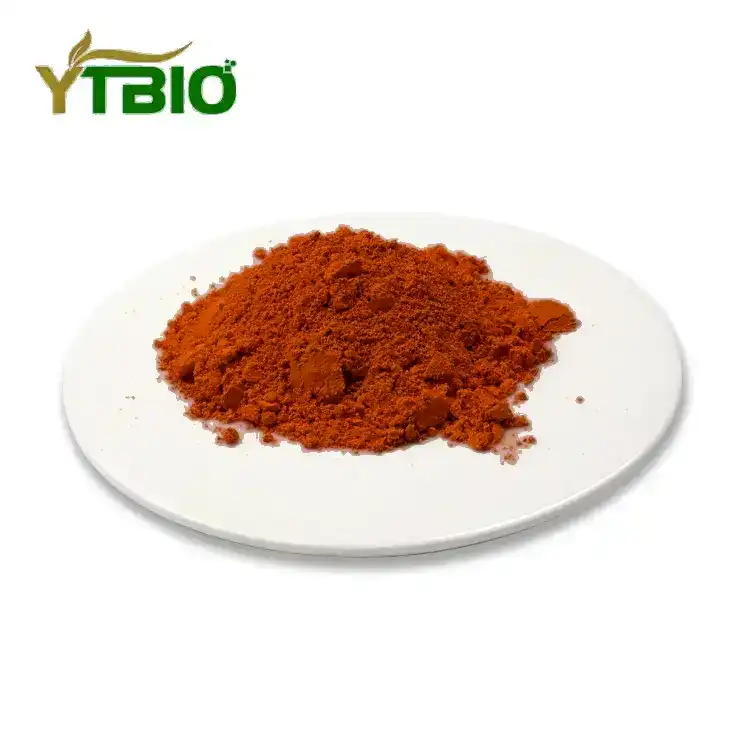Carophyll Yellow 10%
Purity: 10%
Shelf life: 24 months
Appearance: brown-red powder
Application: Feed additive
Stock: In stock
Payment: T/T, VISA, XTransfer, Alipay...
Certification: cGMP,ISO22000,ISO9001,EU&NOP Organic Certificate,Kosher,BRC,Halal,HACCP
Delivery speed: 3-5 days
- Fast Delievery
- Quality Assurance
- 24/7 Customer Service
Product Introduction
Do You Know Carophyll Yellow 10%?
Carophyll Yellow 10% is a highly effective colorant containing carotene ab-ester. Due to the unique bioavailability of ab-esters in poultry and its low cost, Carophyll Yellow is an excellent choice for coloring egg yolks and broiler chickens. Carophyll Yellow is a carotenoid with uniform particle size and regular shape, produced through high-quality production processes.
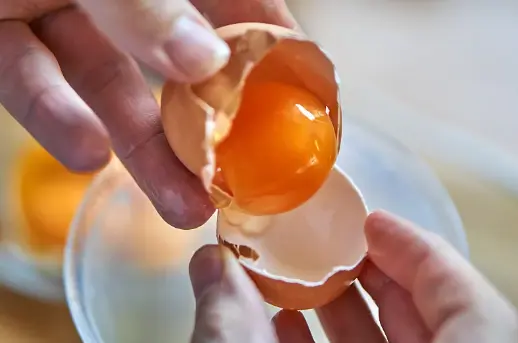
Carophyll Yellow 10% has a high trans-isomer ratio (91%), which facilitates better pigment deposition and coloration. Carophyll Yellow has a low uniformity index, which can also be used as an indicator of the coefficient of variation; the lower the better, the better, ensuring better mixing in feed, as each particle is a living individual.Carophyll Yellow's unique lignin sulfonate formula allows it to be dispersed in water and contains no animal-derived products. It is easily absorbed by poultry, requires minimal addition to feed, provides efficient coloring, and offers the best value for money.
YTBIO: Carophyll Yellow 10% Manufacturer and Supplier
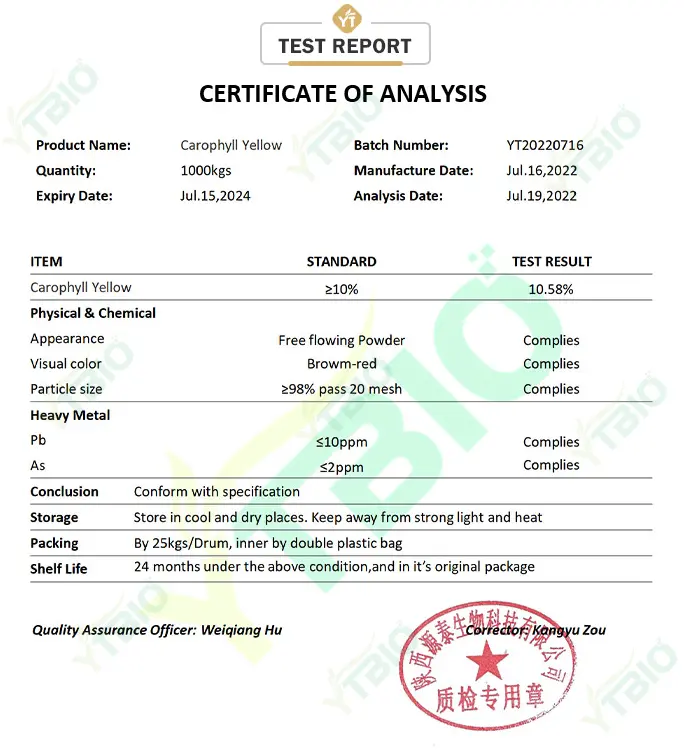
Key Characteristics Of Carophyll Yellow 10%
Appearance: Yellow to orange powder or granules with good flowability
Solubility: Insoluble in water, slightly soluble in organic solvents, requires dispersion in oil or feed matrix
Stability: Sensitive to light and heat, requires storage in dark locations; microencapsulation technology enhances its stability during feed processing
Coloring Effect: Carophyll Yellow 10% can darken egg yolks and enhance the yellowing of broiler skin and legs, improving the visual quality of eggs and meat.
High Bioavailability: Poultry has a unique bioavailability for ab-ester, which facilitates pigment deposition and coloration in the body.
Good Stability: Excellent stability in feed, requiring minimal addition, and consistent coloring.
Main Uses Of Carophyll Yellow 10%
Feed Colorant: Used in feeds for laying hens, broilers, and aquatic animals, Carophyll Yellow 10% improves the color of egg yolks, poultry meat, and aquatic products through bioaccumulation.
Dosage: Typically 0.05%-0.1% of feed mass, with specific dosages subject to compliance with relevant standards.
Extending the Shelf Life of Eggs: Carophyll Yellow has biological antioxidant properties, extending the shelf life of eggs.
Increasing Commercial Value: Animal products with improved color are more popular with consumers, increasing their market value and sales prospects.
In addition, Carophyll Yellow has certain nutritional benefits, such as supplementing poultry with carotenoids and promoting growth, development, and immunity.
What Are Some Common Feed Additive Colorants Like Carophyll Yellow 10%?
Natural Colorants
Luteins: Such as marigold lutein, primarily extracted from marigolds. Added to poultry feed, they can make chicken skin, legs, and egg yolks appear brighter yellow or orange.
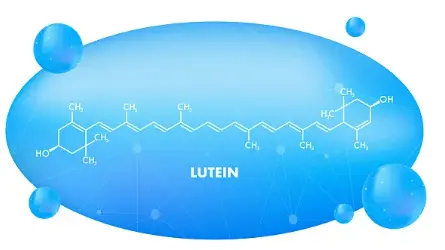
Carotenes: These include β-carotene, which can be extracted from plants like carrots or chemically synthesized. They can impart an orange-yellow to red hue to animal products and also promote growth, development, and immunity.
Capsanthin: Extracted from chili peppers, it can color poultry yolks, skin, and the legs of broilers, making them more rosy and vibrant, enhancing the product's appearance.
Synthetic Colorants
Carophyll Red: Its main ingredient is canthaxanthin, and it also contains corn starch, yellow dextrin, and other ingredients. Added to poultry feed, it can enhance the color and brightness of poultry skin, legs, carcasses, and eggs.
Carophyll Yellow 10%: Its active ingredients are primarily tartrazine and other ingredients. When used in feed, it can impart a brighter yellow hue to animal products. It is commonly used in feed for laying hens and broilers, improving the color of egg yolks and skin.
Main Functions
Colorants are a type of feed additive that enhances product color. Colorants added to poultry feed are primarily used to color poultry skin, egg yolks, and feathers. Due to habit and psychological factors, many people prefer golden or orange-red egg yolks and poultry with golden skin. They also often judge product quality and flavor based on the depth of color.
In traditional farming, due to the long rearing cycle and close contact with the external environment, poultry can accumulate sufficient amounts of pigment in their bodies, resulting in a highly attractive appearance and color for consumers and strong product competitiveness. However, in modern large-scale artificial farming, especially under high-density intensive farming and rapid growth conditions, pigments in feed alone are insufficient, resulting in a duller color. Therefore, the addition of certain colorants to feed is necessary to improve the color of poultry products, meet consumer expectations, enhance product quality, and increase their commercial value.
Altering the Sensory Properties of Feed
Adding colorants to feed can mask the undesirable color of certain feed ingredients, meet consumer demand for color, and enhance feed market competitiveness. Improved feed color also stimulates poultry's appetite and increases feeding. In broiler feed, colorants such as carmoisine red, carmoisine yellow, golden glitter, marigold, chili powder, and corn yellow powder are commonly added.
Improving the color of poultry products and increasing their commercial value
Adding colorants makes the color of poultry skin and egg yolks more natural, more appealing to consumer tastes, and thus enhancing their commercial value. Consumers prefer golden-colored poultry products, believing that yellower skin, beaks, and shanks indicate healthier chickens, and that yellower egg yolks indicate more nutritional value. The yolk color of eggs exported from my country must meet international standards for Grade 8. Adding colorants to poultry feed allows the pigment to transfer to the skin, muscle, or egg yolk, thereby improving the color of poultry products.
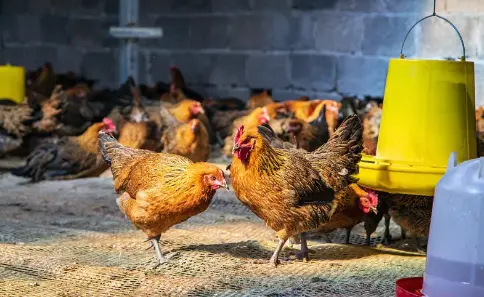
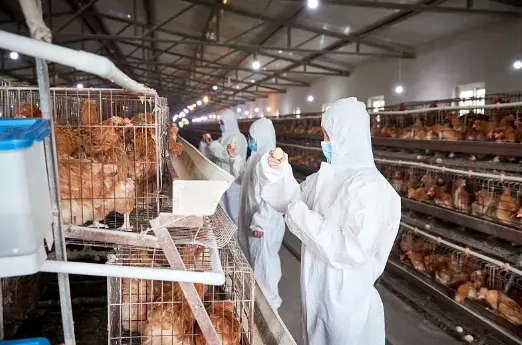
How To Choose A Feed Colorant?
Different colorants have different coloring effects, and the coloring effect should not be determined solely by the pigment content. Even with the same pigment content, the color will vary depending on the ratio of red to yellow colorants added. Adding more yellow pigments (such as albuterol) will not produce a dark product, while adding a small amount of red pigments (such as canthaxanthin) can produce a darker yellow color. However, if the diet contains too little yellow pigment and only adds red pigment, the product will appear unnaturally red, rather than the golden or orange-red colors that people prefer. If a certain amount of red pigment is used in the presence of a certain amount of yellow pigment, the product color will change from yellow to red, achieving the desired coloring effect. Unlike food colorants, which are primarily used to color food appearance, feed colorants are used to color livestock products. Therefore, it is important to select the appropriate colorant based on product requirements to achieve a satisfactory product.
Research has shown that a 2:1 ratio of yellow to red pigment is optimal for egg yolk coloring. Furthermore, the coloring effect is influenced by the colorant's structure, saponification, and redox type. Trans-isomers of carotenoids have relatively brighter color and greater stability, resulting in better coloring effects than cis-isomers. After being absorbed by chickens, carotenoids in feed undergo a series of redox reactions in the body. These changes in carotenoid redox reactions can cause changes in color tone. Therefore, these changes in carotenoid redox during poultry metabolism can lead to differences in the final product color from the initial color.
Precautions for Using Feed Colorants Like Carophyll Yellow 10%
Dosage Control: Strictly follow national standards and instructions for use. Excessive use may adversely affect animal health and may result in excessive pigment residues in the product.
Stability: Pay attention to the stability of colorants to prevent them from losing effectiveness or discoloring during feed processing and storage due to factors such as light, heat, and humidity.
Compatibility with other additives: Some colorants may interact with other additives in feed, affecting their effectiveness or causing adverse reactions. Therefore, consider their proper combination when using them.
Source and Quality: Choose colorants from reputable channels with guaranteed quality to ensure their safety and effectiveness. Avoid using inferior or counterfeit products.
YTBIO is committed to providing every customer with high-quality Carophyll Yellow 10%. We have our own R&D team and production base. If you have any questions or needs about our products, please contact us and we will respond to you as soon as possible.
_1737093401309.png)
